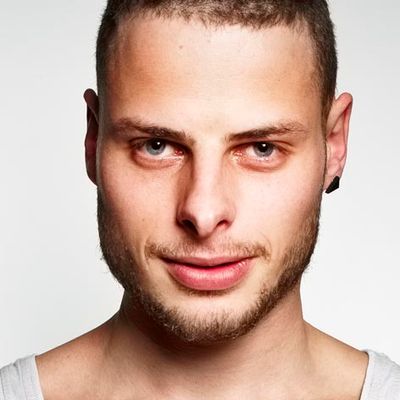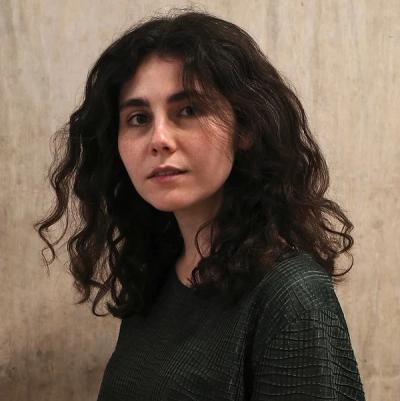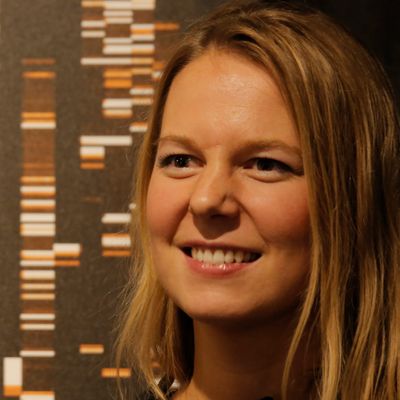Exomoon - What they're looking for

"Exomoon's narrative continues in 'What They Are Looking For,' a short film adapted from footage of the production. This film is set to be showcased at ENDOXƎ, an exhibition at the Gender Art Lab of the University of Applied Arts Vienna, which explores fragmented identities and the impact of external factors on the construction of self.
The film features actors from Theater Neumarkt, in full costume, wandering through Zurich's city center as their characters from Exomoon. This blending of real and fictional worlds creates an alternate reality that juxtaposes the future with the present. Characters such as Solange, Max, Supernova, and Sania Sandrina, from a space habitat 20,000 years in the future, navigate the streets of contemporary Zurich, experiencing it as a foreign landscape.
Through this journey, the film delves into profound questions about identity and existence, revealing answers in brief glimpses that mirror the complex nature of life. Starring Yan Balistoy, Sofia Borsani, Melina Pyschny, and Challege Gumbodete, 'What They Are Looking For' engages with the theme of discovering oneself in the midst of the unfamilia







